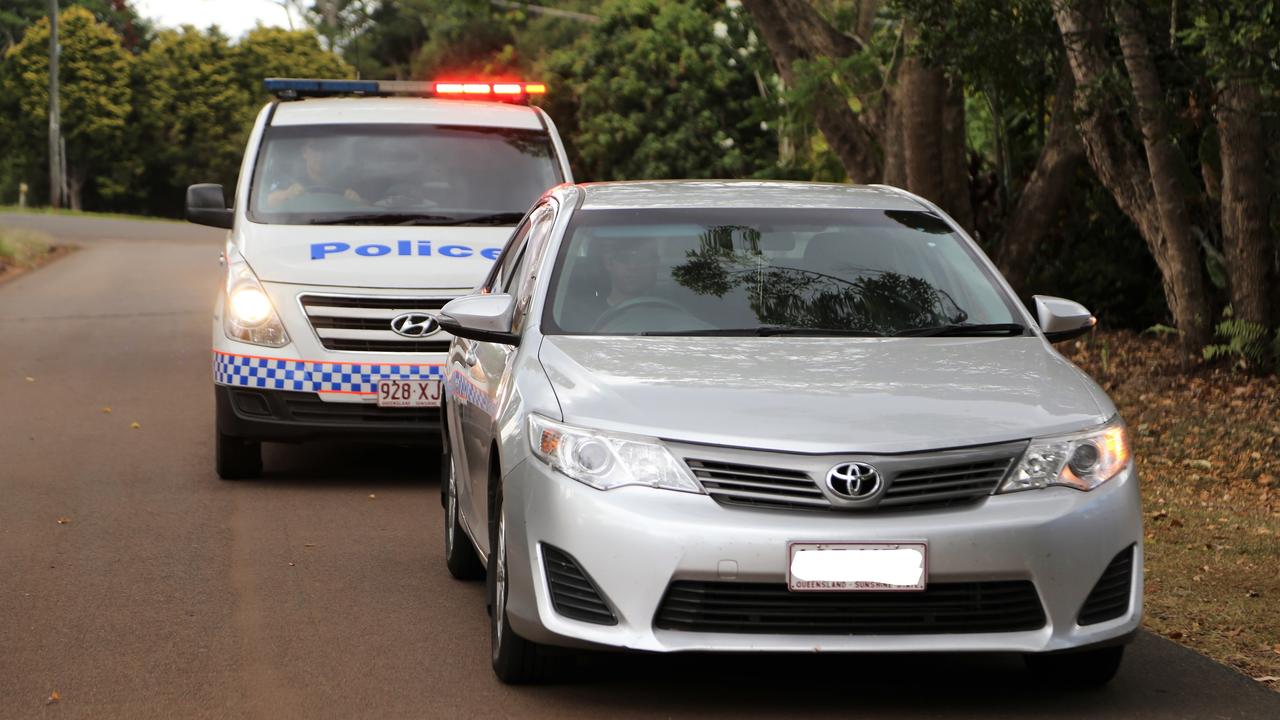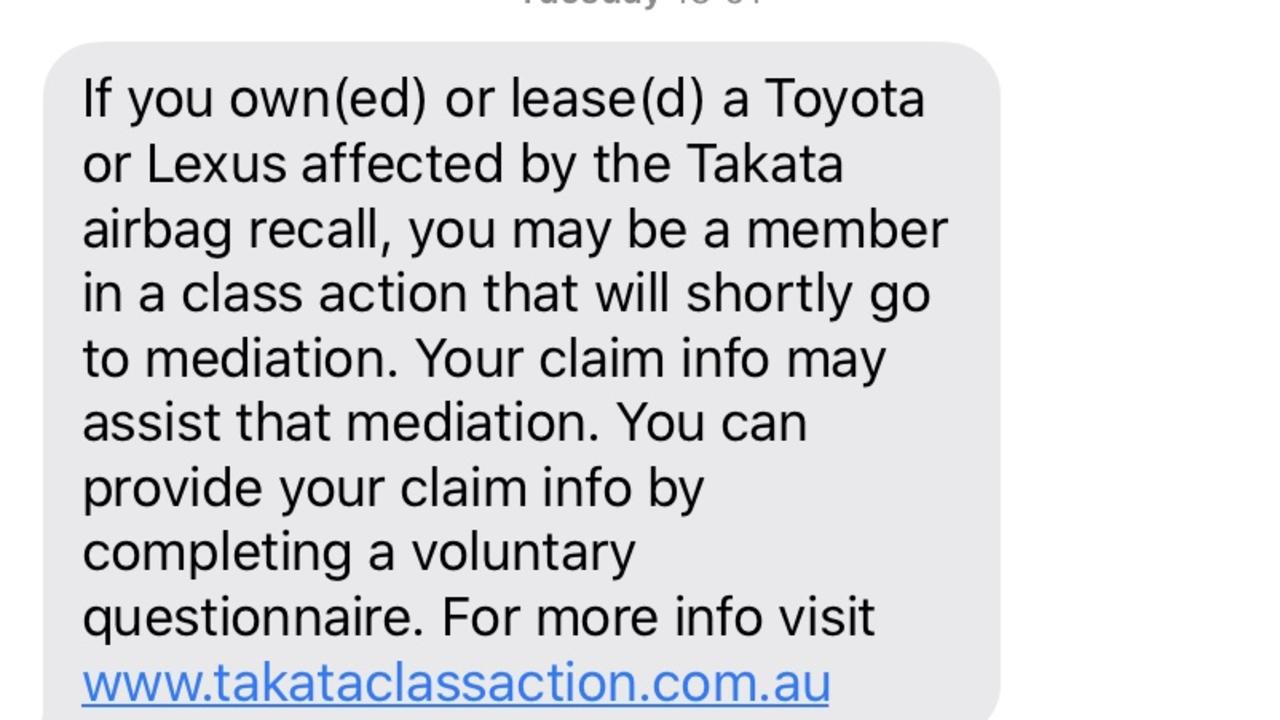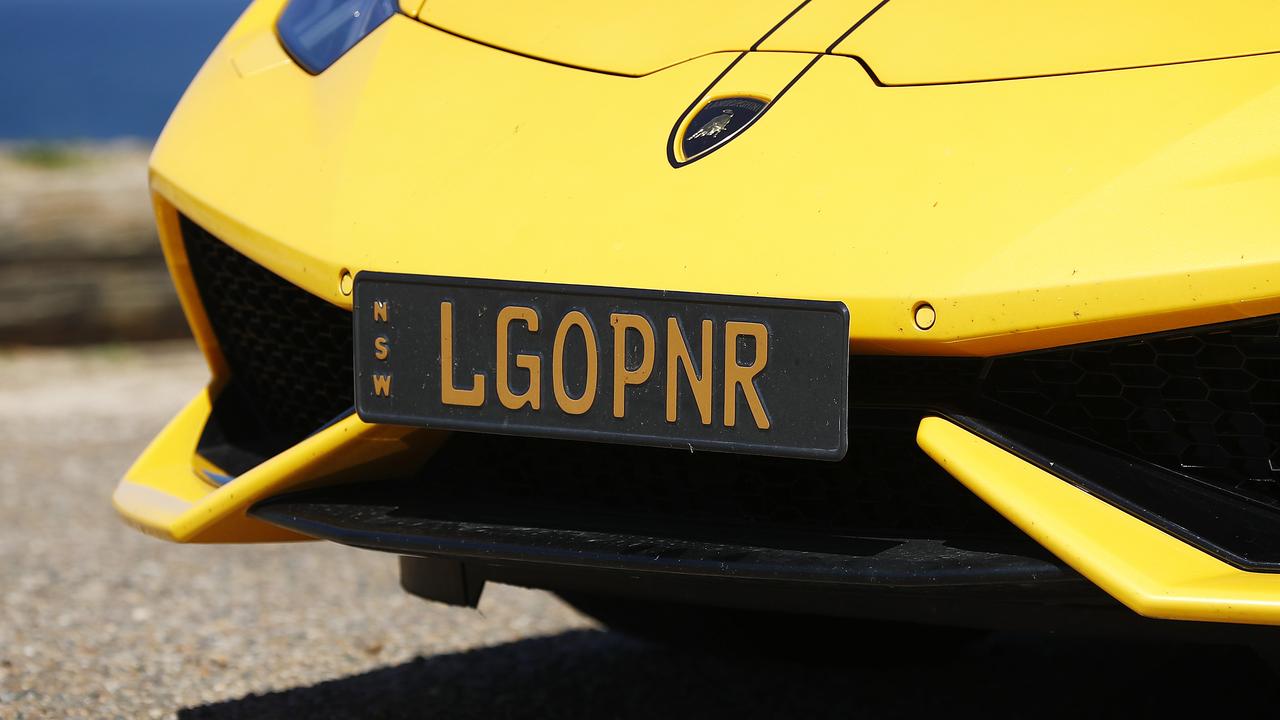Concerns for Sydney’s new M4 East motorway as motorists continue to drive dangerously
There are warnings “someone could die” on one of Australia’s most modern roads as baffled drivers make dangerous decisions despite changes to the road layout.
It’s a sunny Saturday morning as cars speed along one of Australia’s newest roads.
Sydney’s $4bn M4 motorway extension, and the roads around it, is a piece of immaculate infrastructure. Opened in July, the bitumen is deep black, the road signs glisten and the grass on the verge is so neat and bright it’s like it’s just got a cut and colour from the salon.
But something is wrong. Rather than speeding up, a gold sedan has quickly slowed forcing the driver behind to slam on the brakes. The road has just split in two and this motorist is headed in the wrong direction.
So the motorist drives across the markings dividing the road. Then the car just comes to a halt, in the middle of the road; the motorist is apparently utterly confused as to where they are supposed to go.
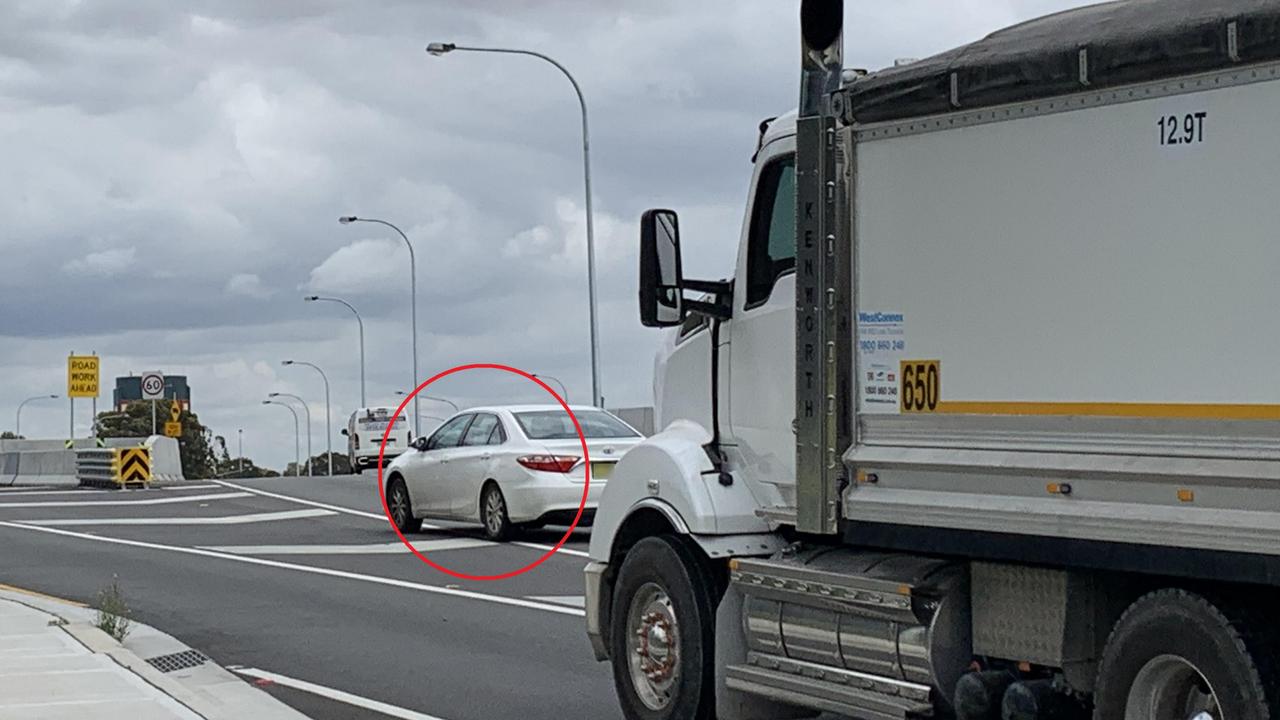
They’re not the only ones. At multiple entrances, exits and other roads near the 5.5km M4 East, dubbed WestConnex, drivers are dangerously swerving across lanes, reversing out of tunnels and pulling out just metres in front of other vehicles.
The design of the new intersections has been labelled a “dog’s breakfast” and “dangerous”. An expert on road design has said just that when it comes to any road, just because a crash hasn’t happened yet, doesn’t mean it won’t.
RELATED: West Connex: Sydney’s M4 East motorway to bypass scores of traffic lights
RELATED: Sydney motorists caught in crazy acts to avoid paying toll on new tunnel
In the early days of new roads some confusion by drivers can be expected.
Memorably, when the M4 was opened, several drivers who found themselves in the toll lanes simply backed out of the tunnel in the path of oncoming traffic
Transport for NSW (TfNSW) has already changed lane markings at one intersection. Still, last month, incident response vehicles had to be called at least 220 times. TfNSW insisted many of these call outs were for broken down vehicles but acknowledged some drivers were making “poor decisions” on the new road.
Transport Minister Andrew Constance said in August: “I don’t want to see a repeat of the first 24 hours when we saw people get out of cars or … crossing multiple lanes. Any lapse in judgment could cost a life.”
But a news.com.au analysis has shown that three months since the opening of the M4 East, which has dramatically reduced travel times between Parramatta and the city, the same problems are still happening.
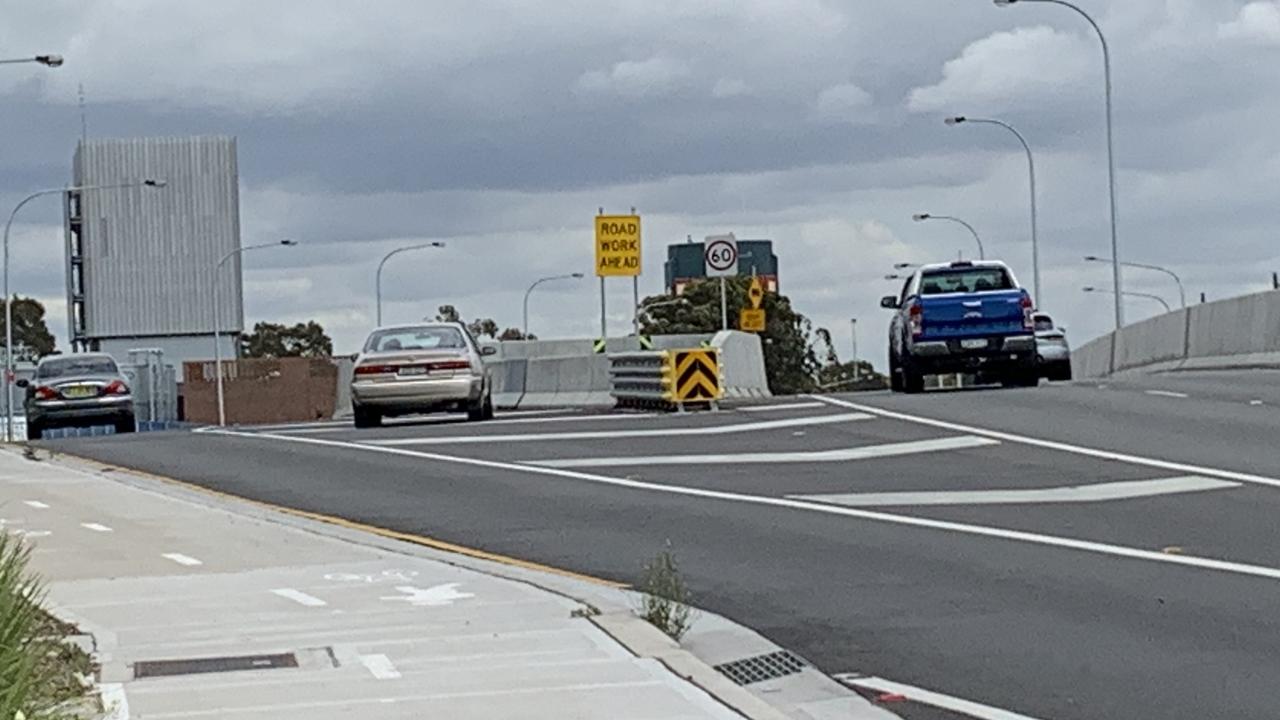
One example is at Ashfield Park in Sydney’s inner west, which edges onto Parramatta Road as it approaches the new tolled tunnels to western Sydney.
It was supposed to have had a chunk gorged out of it to widen the road but a local politician, whose support the Coalition NSW Government needed to get the road signed off, successfully saved it from destruction.
Runners and parents pushing prams beneath the palms now have a grandstand view of drivers desperately trying to avoid paying $4.27 if they descend into the M4 tunnel.
“Someone’s going to die up there one day,” an Ashfield local walking through the park tells news.com.au.
A WORRY
Monash University’s Accident Research Centre research fellow Nimmi Candappa told news.com.au new roads could be difficult for drivers.
“Whenever we do a road safety assessment, we ignore the first month. It’s called the settling in period — there’s no use looking at safety at this point,” Ms Candappa said.
But that drivers were still making risky manoeuvres months later would be a concern.
“If it’s happening regularly, it’s a worry. I’ve looked at physical crashes and potential crashes and just because one hasn’t eventuated yet doesn’t mean it won’t one day,” she said.
“If people are weaving around, more needs to be done.”
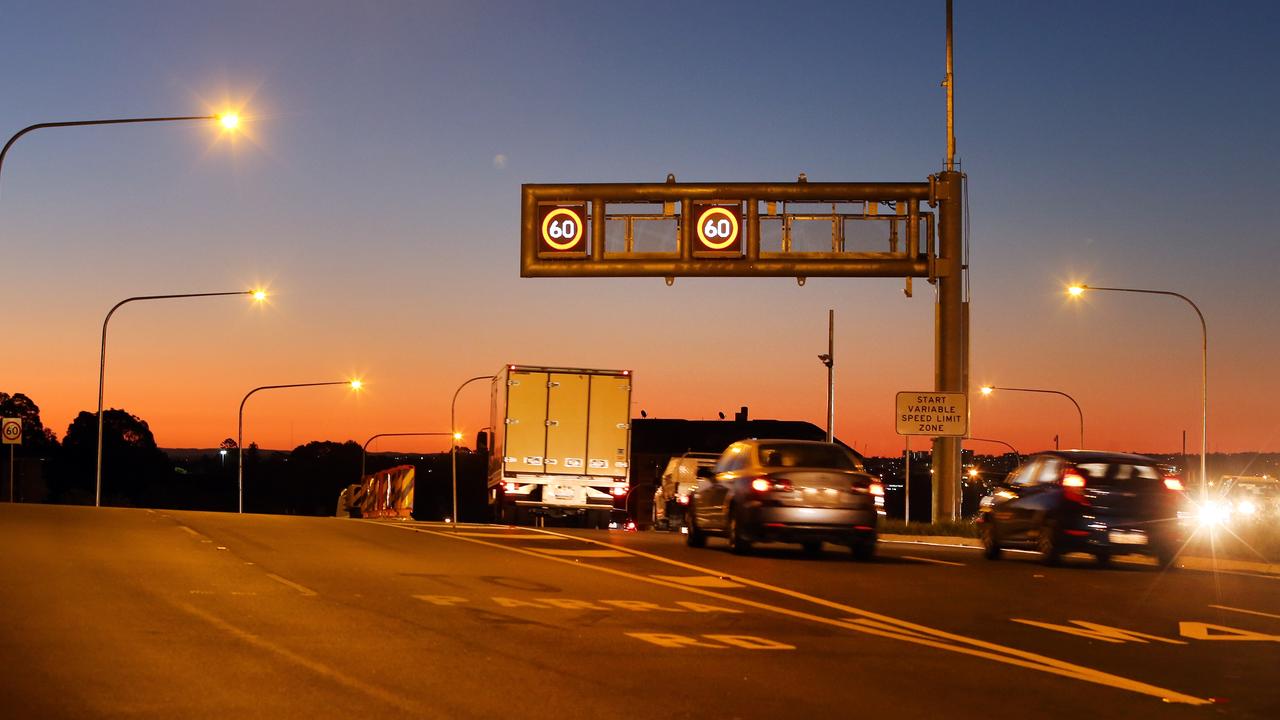
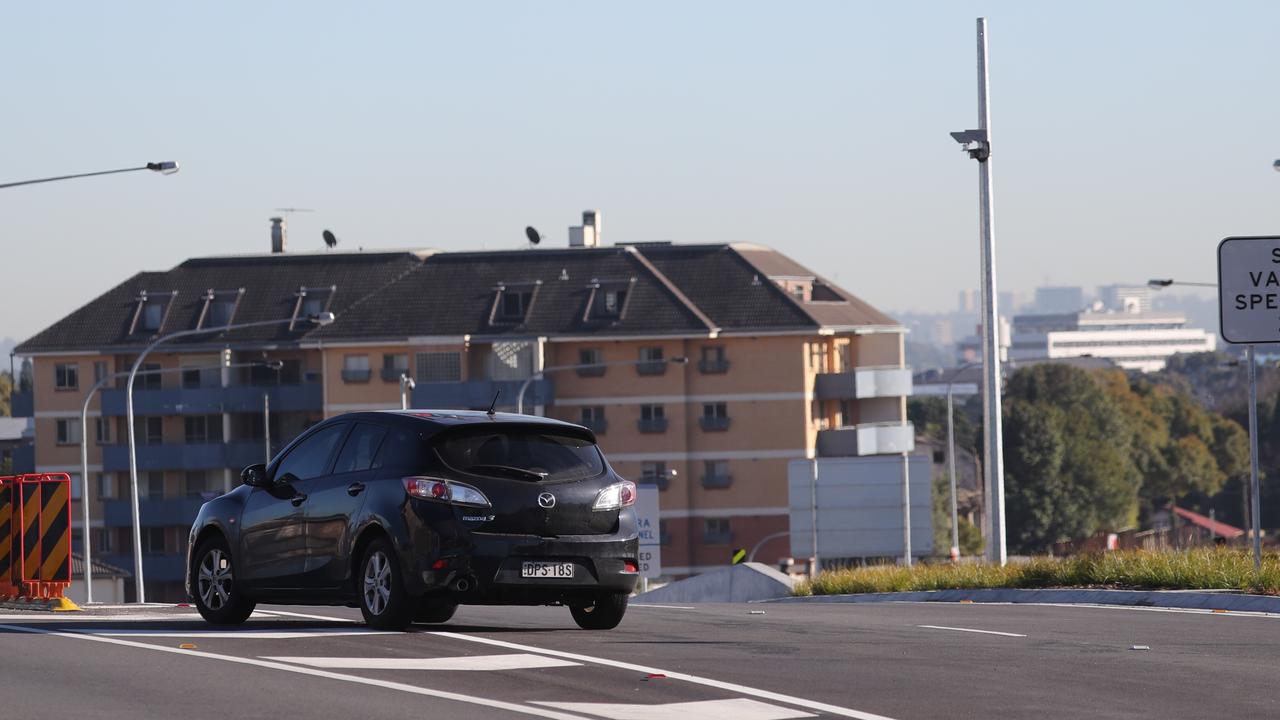
News.com.au assessed two locations where the road layout has dramatically changed with the opening of the M4 extension. Parramatta Rd, Ashfield and Wattle St, Haberfield.
In both areas vehicles are speeding up to 60km/h.
We looked at the locations during different periods in early October including during the evening weekday peaks and on a Saturday lunchtime.
On all occasions and in both locations, some vehicles were behaving erratically and changing lanes after the lanes had split, crossing the chevrons and abruptly merging into oncoming traffic.
On Parramatta Rd, on average one car every 100 seconds made a late swerve. On Wattle St, it was worse, with one car every 75 seconds making a dangerous manoeuvre.
At one point, 12 vehicles in 15 minutes crossed the chevrons on Wattle St. On two occasions, cars pulled into the path of trucks after the lanes had split.
These averages include times of little or no traffic when vehicles were held at earlier lights. If you measure only the time cars were using the road, a swerve might happen every 35 — 50 seconds.
Both road layouts were similar. They quickly expanded from two to three lanes with little time to turn into the left lane; limited signage directed drivers to each lane; and several sets of traffic lights and turn-offs closely preceded the new layout which forced motorists to make multiple decisions.
On Parramatta Rd, a turn into a side street occurs almost directly at the tunnel mouth.
On Wattle St, two signs in proximity both point to Parramatta — but in entirely different directions.
Additionally, the Wattle St danger zone isn’t even to avoid a toll; rather it’s where the road splits in two to accommodate a future exit from the expanded motorway.
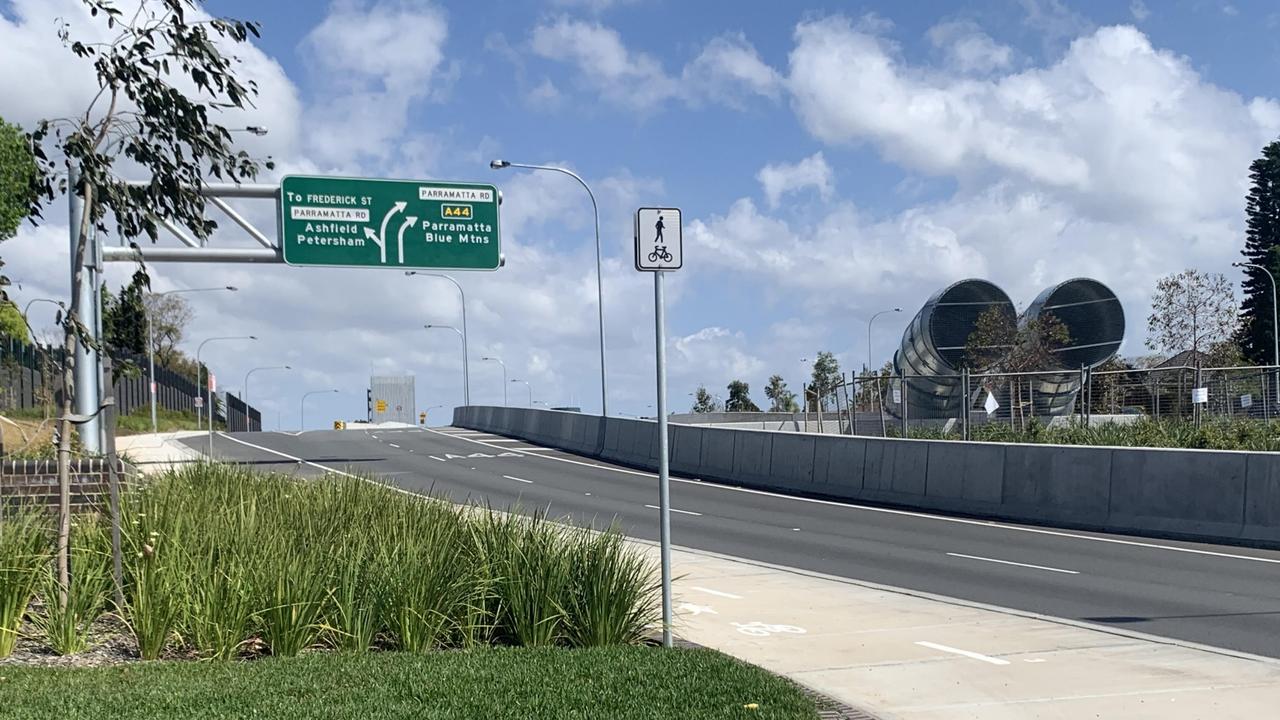
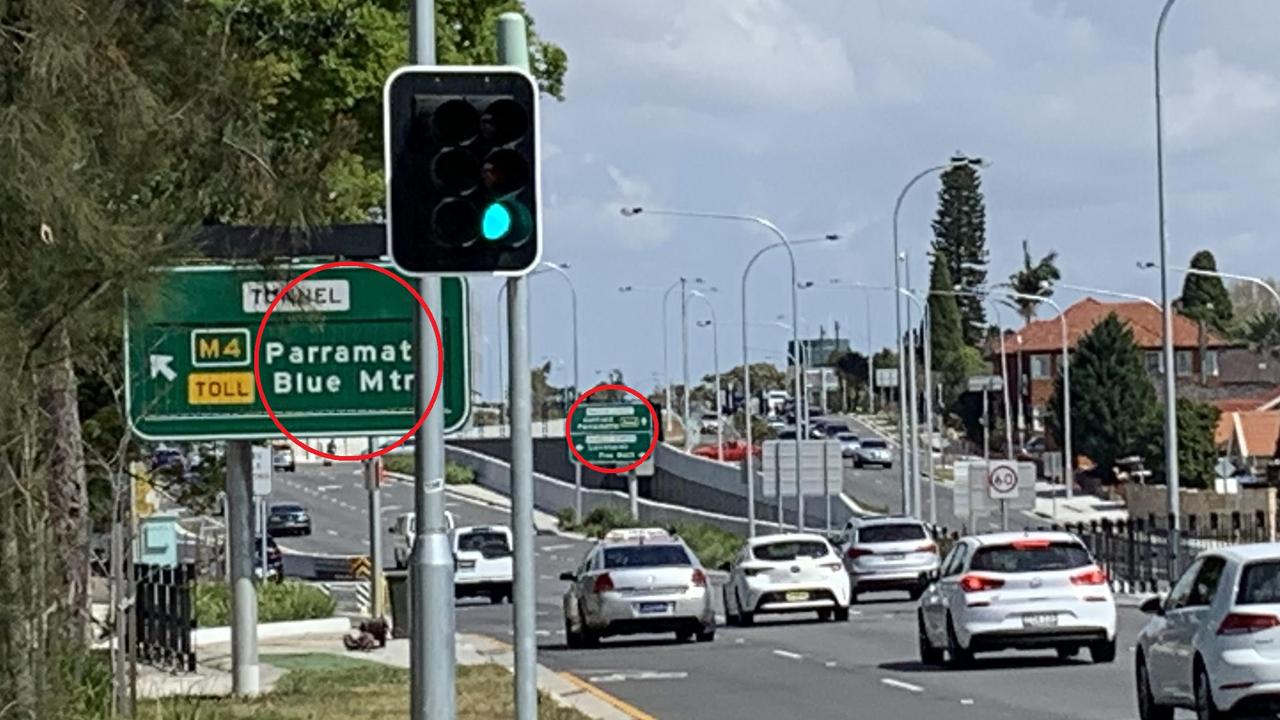
‘DOG’S BREAKFAST’
MP for Summer Hill Jo Haylen said the community was assured the road would be of a “world class design” but it’s been found lacking.
“The Government was told the intersections for WestConnex would be a dog’s breakfast and now we’re seeing the results of their decision to ignore all the warnings — confused drivers, rat running on local streets, and drivers caught paying exorbitant tolls,” Ms Haylen told news.com.au.
“They are failing to adequately deal with safety issues as drivers try to avoid using the road and paying tolls.”
Ms Haylen said the Government should have offered motorists a month long toll-free period.
The National Roads and Motorists’ Association’s (NRMA) Peter Khoury agreed.
“It was an opportunity lost to get people used to the using WestConnex but also get used to how it would change the surrounding road environment,” he said.
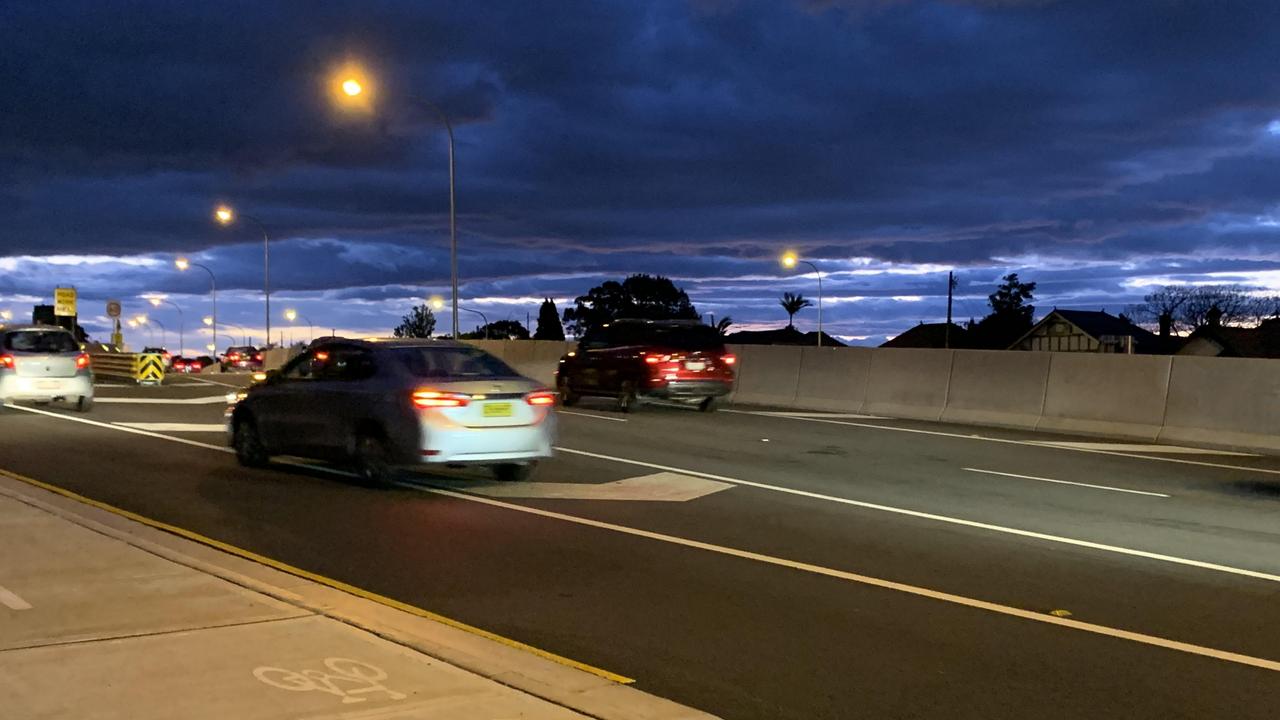
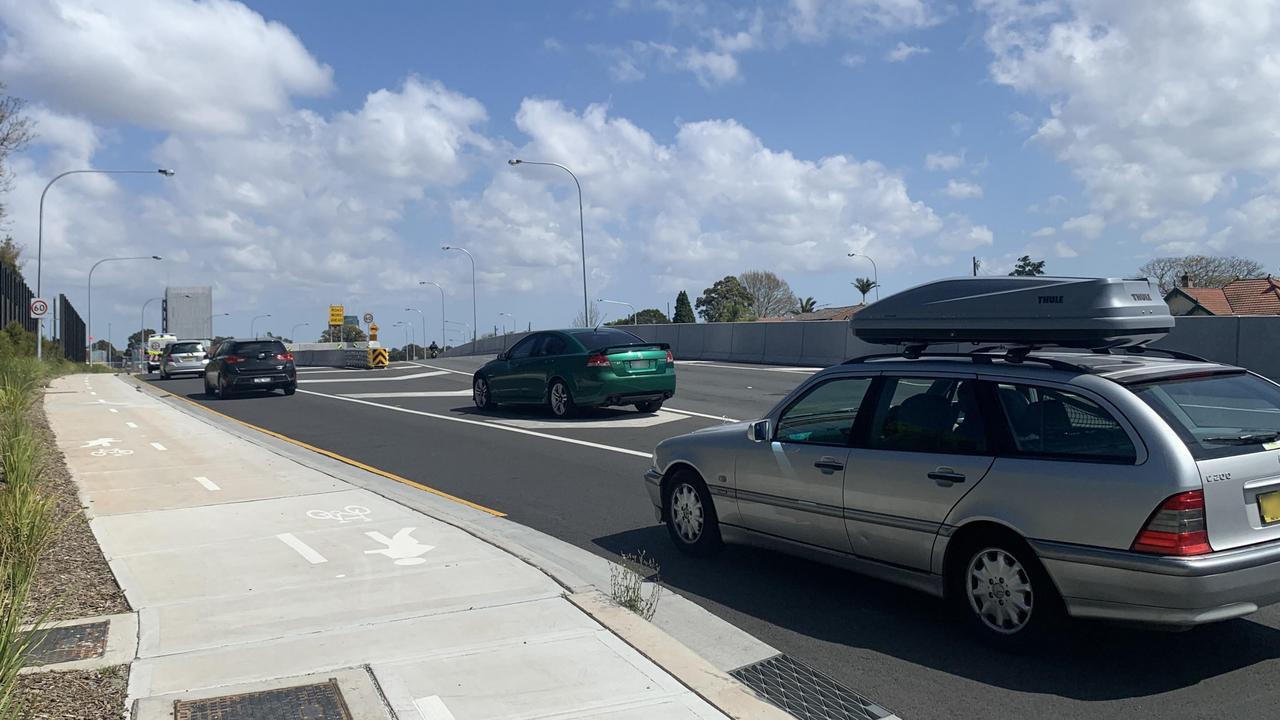
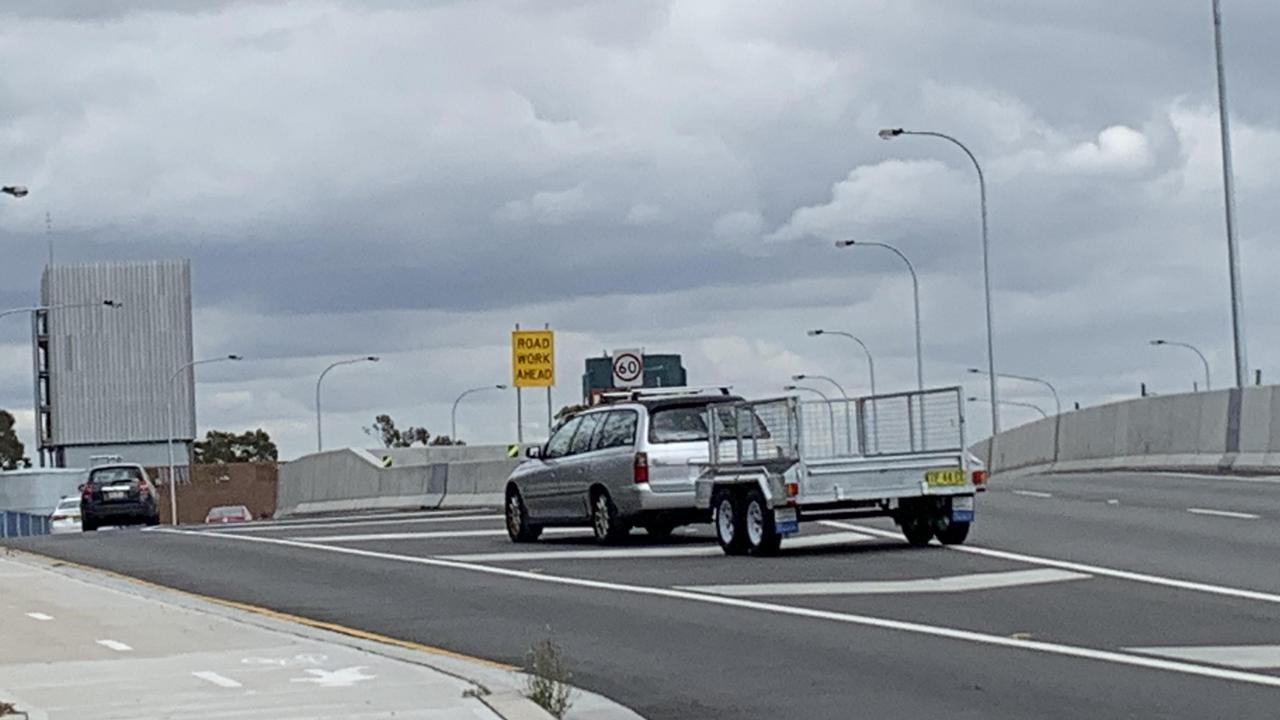
HOW TO FIX IT
Mr Khoury said the M4 East had been a boon to drivers but its implementation left much to be desired: “We didn’t spend years fighting for WestConnex so it would fail.”
“If people are stopping in the middle of road, that’s obviously a no-no, as is reversing back which is also a very dangerous situation.”
Ms Candappa said road designers had to work within the constraints of the location. But key was making decisions for drivers as simple as possible.
She said if drivers on a road were swerving or making last minute lane changes, “this is an indication they are not able to anticipate what is expected of them.”
The ideal approach distance for drivers to be warned of an intersection varied depending on the speed limit and even the amount of words on a directional sign.
“Then you need a response distance. So if you have to go left you need to add a response time to that. That can mean quite a lot of distance is needed for the driver from first seeing a sign to taking action” said Ms Candappa.
On Wattle St, overhead signage begins within 100m of the road splitting, a relatively short distance.
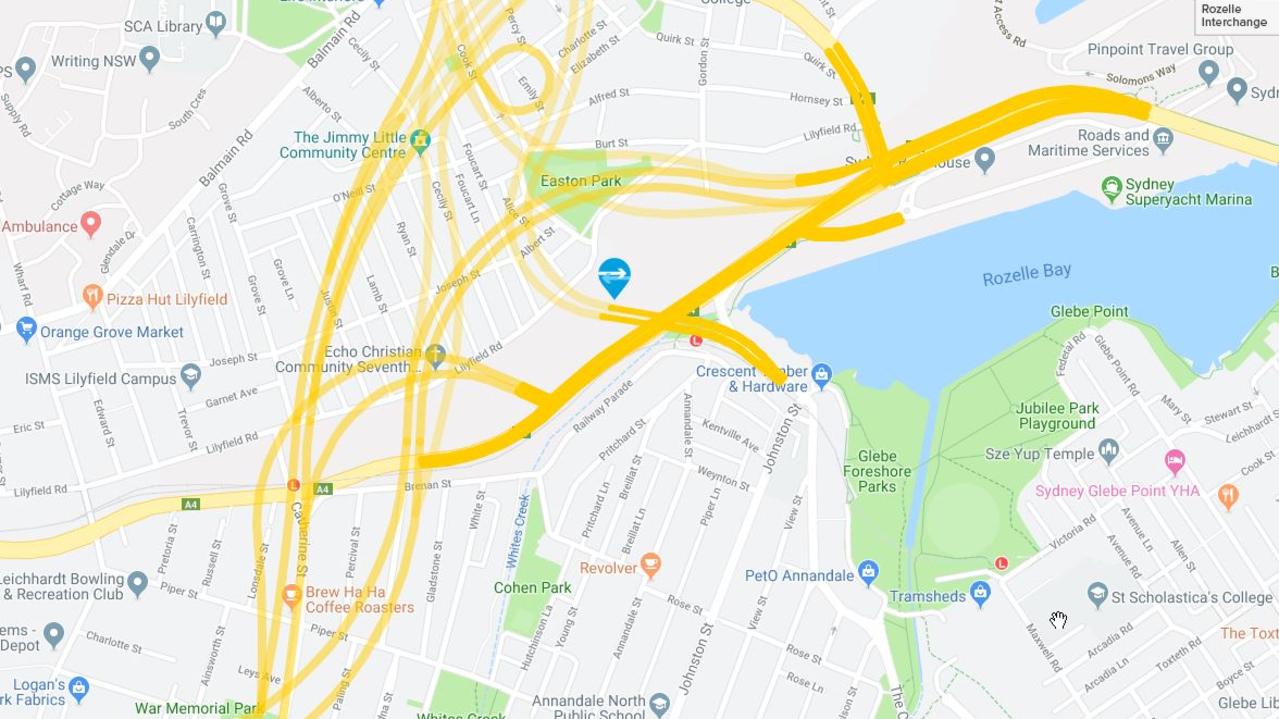
“In this situation, is there potential for more signage or clearer signage to reassure people?” Ms Candappa said.
If motorists think this is complicated, they should check out the next phase of WestConnex which includes an underground spaghetti of roads so intertwined it’s already been called one of the world’s most complex motorway junctions.
A TfNSW spokeswoman said the new tunnels has led to better traffic flow on Parramatta Road.
“Helping customers become familiar with new infrastructure is always a key challenge when opening any new major infrastructure project, especially tunnels.
“The new M4 tunnels are the first tunnels in Sydney to open since 2007 and motorists are still learning how to interact with the new infrastructure.
“As motorists adapt to the new traffic environment, we have seen instances where some drivers made poor decisions — such as stopping and reversing in the middle of the motorway to change course and others performing illegal U-turns.”
To address this, the transport body stated, additional electronic signs has been installed around tunnel entrances, road signs updated, and it has asked NSW Police to patrol key hot spots.
“All this has helped improve driver behaviours and as a result, we’re seeing less risky behaviour.”
Have you struggled driving on Sydney’s new M4 motorway? Email benedict.brook@news.com.au


